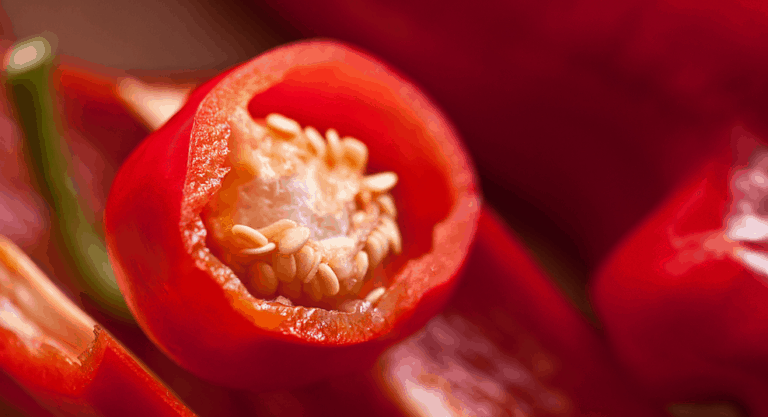White rice or brown? The next time you’re asked that question in a restaurant or you’re at the grocery store, choose brown. Results of a meta-analysis indicate an association between eating white rice and an increased risk of type 2 diabetes.
White rice is one of the most widely consumed foods in the world, and especially among Asian populations, where individuals consume an average of 3 to 4 portions daily. In comparison, people in Western countries eat 1 to 2 servings per week.
Since white rice is a significant part of the diet in much of the world and diabetes is a growing epidemic, investigators from the Harvard School of Public Health reviewed four studies to determine the risk between consuming white rice and type 2 diabetes risk.
The four studies involved follow-up periods ranging from 4 to 22 years and included 352,384 participants. Overall, researchers found the more white rice people ate, the greater was their risk of type 2 diabetes. The significant increase was seen especially among Japanese and Chinese individuals. Specifically, the risk of type 2 diabetes rose by 10% for each additional serving (about 6 ounces, or 158 g) of white rice eaten. Studies of the impact of brown rice on diabetes risk is sparse, but has shown a modest decline.
Reference
Hu EA et al. White rice consumption and risk of type 2 diabetes: meta-analysis and systematic review. BMJ 2012; 344:e1454







